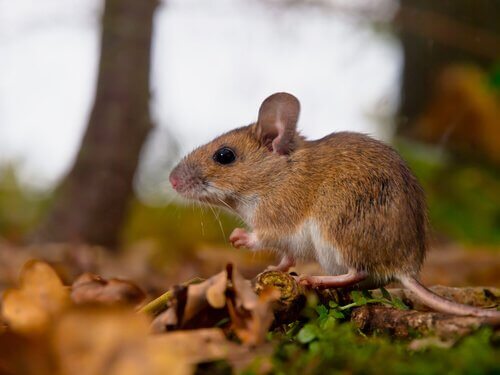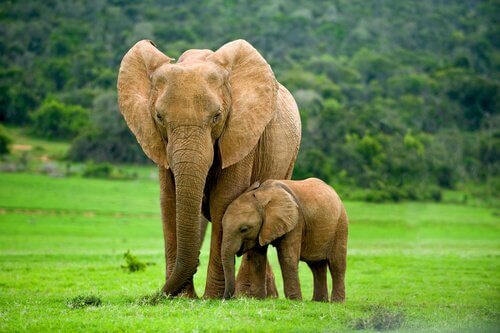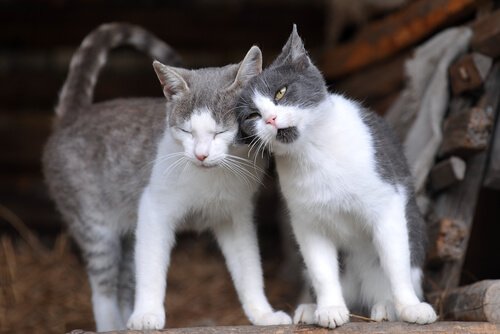What are Pheromones and what's their Purpose in the Animal Kingdom?

Pheromones have a huge influence on animal behavior and play a larger part in their lifestyle than you may think. In order to really understand how the animal world works, you have to understand what pheromones are and what they do.
A different substance than hormones
Pheromones are a substance that animals release in order to alter the physiology of other members of their species and intervene with their sexual and territorial behavior. These substances are lightweight molecular chemical bodies that are found in an animal’s nasal receptors.
To really understand what they are, you should know that they play a very important role when it comes to members of the same species communicating with one another. Unlike hormones — which act internally — pheromones are released through their saliva, sweat or urine. Also, they produce a specific effect on their receptors.

When an animal releases pheromones, they affect other members of the same species. This reaction, as well as other factors like climate or sunlight, are included in a phenomenon known as biostimulation. For example, when lactating mothers are exposed to their offspring, they produce more milk.
What are pheromones for?
The vomeronasal organ located inside the nose cavity detects the signals that the pheromones emit. The pheromone’s stimuli are then transmitted to the brain where the corresponding response takes place.

This organ connects with the nerve endings of the hypothalamus, which controls emotions like fear and sexual attraction. The only job they have is to transmit certain information to a subject, and then it translates the response somatically.
- They play an especially important role in reproductive behavior. For example, male pheromones induce the cyclic ovarian activity in animals such as female goats or sheep. Another example are young male elephants. They give off a smell that’s similar to honey in order to avoid conflicts with other males. Also, certain pheromones found in the tears of newborn mice inhibit the libido of the mother so that she dedicates herself completely to her offspring.
- As for territorial behaviors, they act as coordinates that tell the other members of the species who live in a certain area. When an unknown feline enters another cats’ territory. For example, it almost automatically triggers an aggressive instinct in the cat that’s considered to be the leader of that area.
It’s surprising, isn’t it? Nature’s wisdom will never fail to astonish us!
All cited sources were thoroughly reviewed by our team to ensure their quality, reliability, currency, and validity. The bibliography of this article was considered reliable and of academic or scientific accuracy.
Brennan, P. A., & Keverne, E. B. (2004). Something in the Air? New Insights into Mammalian Pheromones. Current Biology. https://doi.org/10.1016/j.cub.2003.12.052
Gomez-Diaz, C., & Benton, R. (2013). The joy of sex pheromones. EMBO Reports. https://doi.org/10.1038/embor.2013.140